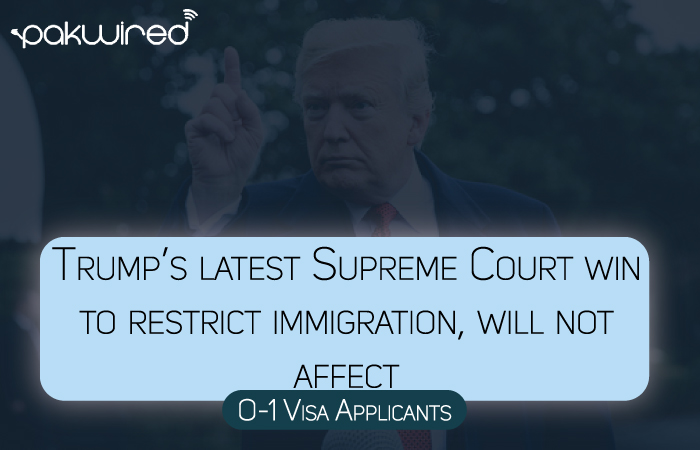In a decision that is a big win for the administration of President Donald Trump, a divided
Supreme Court last month allowed US officials to implement the so-called “public charge”
immigration rule, which had been blocked by a federal judge from New York. The rule, which
was unveiled by the U.S. Citizenship and Immigration Services (USCIS) in August 2019 and is
expected to result in restricting legal immigration, expands the definition of a person who is or
could be an economic burden on American society.
It gives immigration authorities more power to deny visas and green card applications from
immigrants and prospective immigrants who in the opinion of the US government rely or could
potentially rely on certain government-offered benefits. Similar rules have been in place before,
but in recent years the focus has mainly been on immigrants’ use of cash benefits. Now,
immigration caseworkers will also consider immigrants’ enrollment in a whole range of federally
funded or subsidized programs, in such areas as nutrition, healthcare, and housing.
The Supreme Court decision has been welcomed by the Trump administration which has been
defending the new harsher rule as a means to ensure that people coming to the US are financially
self-sufficient. As the Department of Homeland Security prepares to enforce the “public charge”
policy, however, critics argue that the new regulations will in practice drastically limit
emigration possibilities for numerous applicants from developing countries. Of course, not all
categories of prospective immigrants from those countries will be affected.
The O-1 Visa remains a safe option for applicants from any country who can prove they have
extraordinary abilities and skills that could benefit American companies and thus the US
economy in general. Especially as the US government strives to fill the large gap between human
resources and job openings in the tech industry. The O-1 Visa is a dual intent visa and status, and
it applies to experts from an array of different fields, be it STEM or the arts. It also applies to
high-level professionals and entrepreneurs, as well as athletes, artists, and artistes.
The O-1 Visa is considered to be much more valuable than the H-1B Visa and can also be
obtained by those who have exhausted their authorized stay of 6 years on an H-1B.
“To be eligible for the O-1 Visa, applicants only need to meet at least three of the eight O-1 Visa
criteria,” says Joanna Bobel, Director of Customer Success at PassRight, who also stated that due
to the large void in human resources in the Tech industry, the measures taken by the Trump
administration does not affect highly qualified experts applying for the O-1 Visa.
According to immigration experts, although the Trump administration is imposing extremely
harsh policies regulating international students and other specialists from continuing their stay in
the U.S, the policies on the O-1 Visa remain untouched and uncapped. USCIS data show that the
percentage of O-1 visas that were approved in 2018 and 2019 was much higher than the percentage
of approvals for other visa types. Only 72 percent of L1 visas were approved in 2019,
while the approval rate for the O-1 stood at a whopping 90 percent.
If you want to find out more about the O-1 Visa and whether you qualify, contact PassRight.


